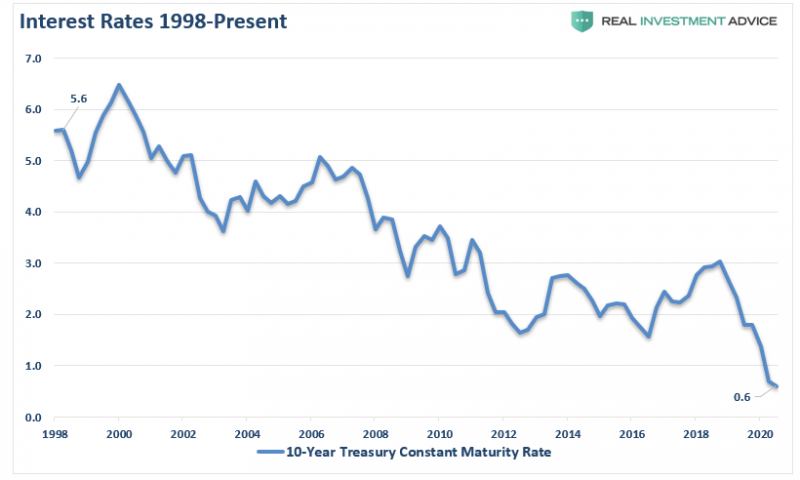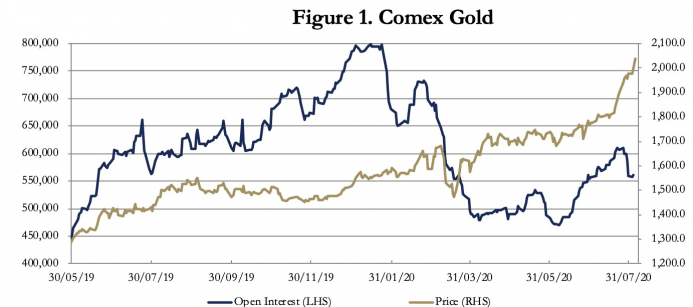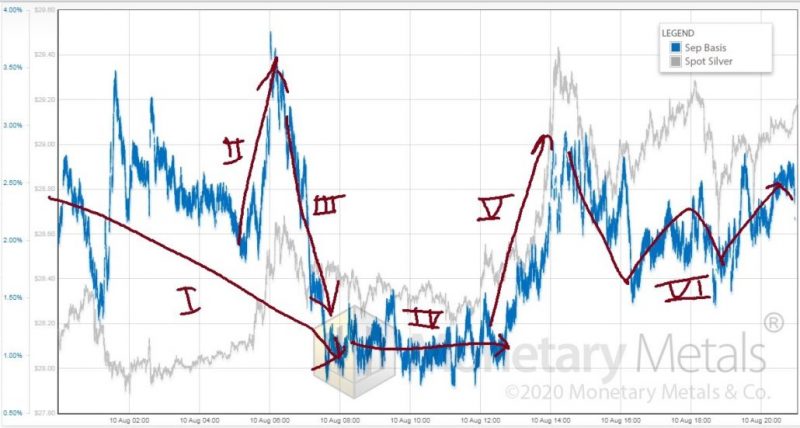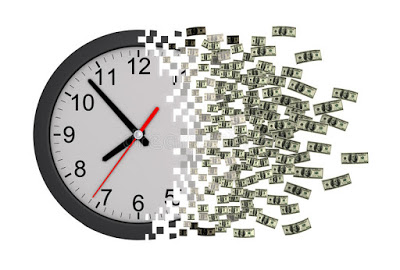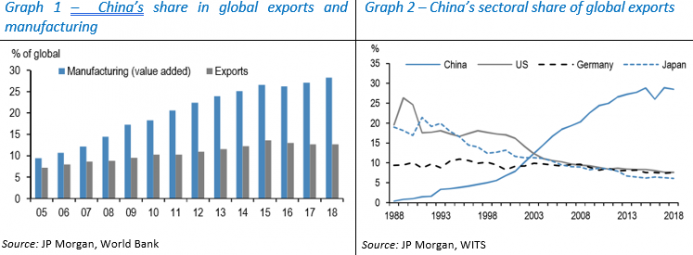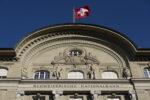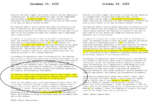Found 1,868 search results for keyword: label
Welchen Schweizer Broker nutze ich????
Dieser Blog hat über die Jahre wirklich viele treue Leser gewonnen. Insbesondere in der Schweiz, denn ich befasse mich oft mit sehr Schweiz-spezifischen Themen, die meist weniger relevant sind für deutsche oder österreichische Leser.
Read More »
Read More »
FX Daily, August 24: Markets Prove Resilient to Start New Week
New virus outbreaks in Europe and Asia are not adversely impacting the capital markets today. Global equities are firmer. Some reports suggesting the US ban on WeChat may not be as broad as initially signaled helped lift Hong Kong shares, but nearly all the markets in the region traded higher.
Read More »
Read More »
The 4.0 percent Rule Is Dead. What Should Retirees Do Now?
The 4% Rule Is Dead. A recent article by Shawn Langlois via MarketWatch pointed out this sobering fact but is one we have discussed previously. Retirees have long counted on being able to retire on their assets and take out 4% each year. However, a little more than 20-years later, the “death of the withdrawal rate” has arrived. What should retirees do now?
Read More »
Read More »
Was Mises a Fascist? Obviously Not.
Every once in a while, Mises is accused of having been a fascist by slanderers who are either ignorant or acting in bad faith—or even both.
Read More »
Read More »
The Debt-Inflation Spiral Is Driving up the Demand for Gold
Measured in dollars, the current bull market for gold started in December 2015, since which its price in dollars has almost doubled. Other than the odd headline when gold exceeded its previous September 2011 high of $1,920, only gold bugs seem to be excited.
Read More »
Read More »
Families face large differences in tax rates across Switzerland
A comparison of tax rates across different cantons and cities found that Zug – home to many multinational companies – offers the most attractive tax regime for families.
Read More »
Read More »
FX Daily, August 14: Consolidation Featured Ahead of the Weekend
The equity rally is stalling ahead of the weekend. Most markets in the Asia Pacific region eased, though China and Australia advanced. Japanese shares were mixed. The Nikkei, though advanced for the fourth consecutive session, while the Topis slipped.
Read More »
Read More »
FX Daily, August 13: Dollar Remains Offered
The poor price action on Tuesday in the S&P 500 was shrugged off, and new highs for the recovery were made as the record high nears. The dollar, on the other hand, seemed to find plenty of sellers against most of the major currencies. The yen was a notable exception.
Read More »
Read More »
FX Daily, August 11: Gold and the Dollar are Sold while Stocks March Higher
A rotation of sorts seems to be unfolding. The euro posted its second back-to-back loss in over a month. The Canadian dollar, which has been an under-performer among the major currencies for the past six weeks, gained, while most fell.
Read More »
Read More »
FX Daily, August 06: Markets Consolidate
The Australian dollar powered to marginal news highs for the year as the move against the US dollar continued yesterday. The euro stopped a few hundredths of a cent below the high seen at the end of last week. However, neither sustained the upside momentum and have come back offered today.
Read More »
Read More »
Why Keynes Was Wrong about Consumer Spending
As a result of the coronavirus pandemic, most experts are of the view that it is the role of the government and central bank to minimize the damage inflicted by the virus—and the policy response to it—on the economy.
Read More »
Read More »
Horizon 2020: long-term investing in a world marked by pandemic
The sudden, violent recession triggered by this year’s covid-19 outbreak provides further impetus to pre-existing economic and market dynamics.
Read More »
Read More »
There Are No Winners in the US-China “Tech War”
After unleashing a disruptive trade conflict with China, the Trump administration has also escalated the lingering “cold tech war” between the two rival powers. Over the last two years, the US has passed new rules limiting China’s investments in the US, restricting bilateral information and communications technology (ICT) trade and controlling exports of sensitive and emerging technology to China.
Read More »
Read More »
A Tactical Update: Whither Goest The Dollar
Our Fortress strategic asset allocation includes 5 distinct asset classes: The Fortress allocation has historically produced better risk-adjusted returns than the traditional 60% stocks/40% bonds allocation.
Read More »
Read More »
The Myth of the Failure of Capitalism
The nearly universal opinion expressed these days is that the economic crisis of recent years marks the end of capitalism. Capitalism allegedly has failed, has proven itself incapable of solving economic problems, and so mankind has no alternative, if it is to survive, than to make the transition to a planned economy, to socialism.
Read More »
Read More »
New Opportunities for Marxists: Climate Change and Coronavirus
In The Communist Manifesto (1848) Karl Marx (1818–83) and Friedrich Engels (1820–95) predicted that capitalism would lead to the impoverishment of the laboring class. Why? Well, to raise profit on capital invested, Marx and Engels argued, entrepreneurs (the capitalists) would exploit the workers.
Read More »
Read More »
Swiss humanitarian trade deal with Iran faces delay, questions
Swiss “good offices” between Tehran and Washington have brought about a humanitarian aid channel allowing Swiss-based companies to send medicines and other vital goods to Iran despite US sanctions. But it remains to be seen to what extent the now-delayed deal will help the Iranian people versus Swiss political and economic interests.
Read More »
Read More »
FX Daily, July 21: Europe and Tech Lift Risk Appetites
Overview: The continued domination of the tech sector and Europe's tentative agreement are lifting equities and risk assets more generally today. Australia and Hong Kong's 2.3%-2.5% rally led Asia Pacific markets. The Dow Jones Stoxx 600 is higher for a third session and above its 200-day moving average for the first time since February.
Read More »
Read More »
Welcome to the Crazed, Frantic Demise of Finance Capitalism
The cognitive dissonance required to ignore the widening gap between the real economy and the fraud's basic machinery--speculation funded by "money" conjured out of thin air--has reached a level of denial that can only be termed psychotic.
Read More »
Read More »











